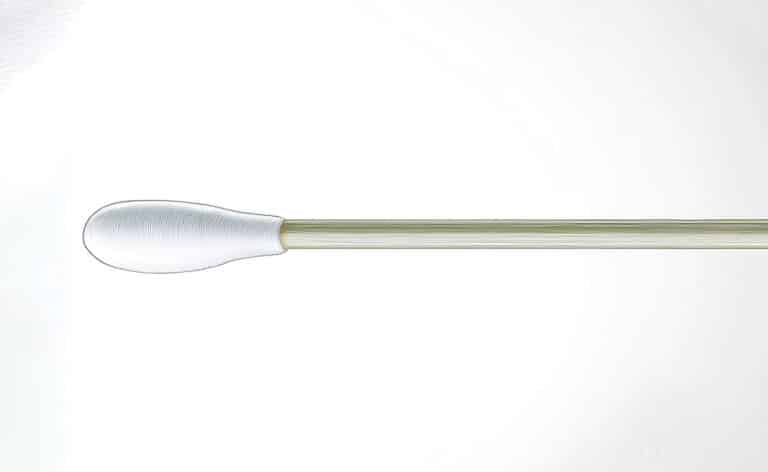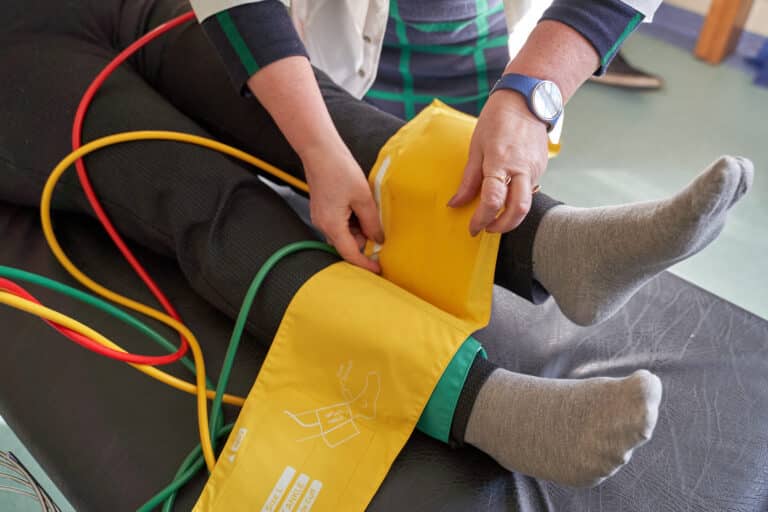Check safety first
Tattoos and piercings are now more common among young people, but with commonality can come malady. Just ask Cynthia Mears, DO, an adolescent medicine specialist at Advocate Children’s Hospital in Oak Lawn.
“One of my patients went to a birthday party, and she came in with an infected tattoo,” Mears says. The patient had a MRSA infection, which can occur with nonsterile equipment or poor infection-control practices. “Then she goes on to tell me that [the tattoo artist] had given everyone at the party a tattoo. I told her all her friends need to be checked, and she would have to tell every doctor she ever saw that she had MRSA.”
These facepalm moments are why the American Academy of Pediatrics (AAP) recently released “Adolescent and Young Adult Tattooing, Piercing and Scarification,” a report giving sanitary guidelines and complication warnings. The report suggests that physicians emphasize to young patients that body modifications — piercings, tattoos, scarification — can cause complications such as tetanus, hepatitis and other infections.
This information is important, as 38 percent of 18- to 29-year-olds had at least one tattoo and 23 percent had a piercing in an area other than their earlobe in 2010, according to the Pew Research Center.
Mears offers blunt advice to young body-mod enthusiasts: Don’t do it. “I don’t recommend them,” she says. “If they’re going to do it, at least make sure they know the risk for infection. And the facility and body artists should have a certificate and documentation of training on the wall.”
The AAP recommends that patients make sure the salon is sterile and regulated by the state. Also, it says, patients should check that their immunizations are up to date before a procedure and be sure that they are not taking any medication that compromises immunity.










